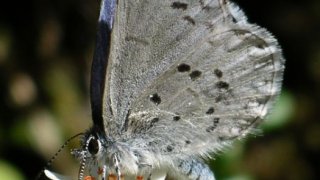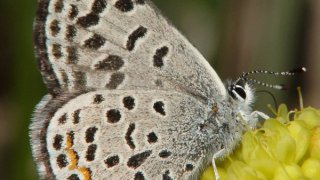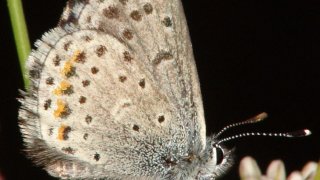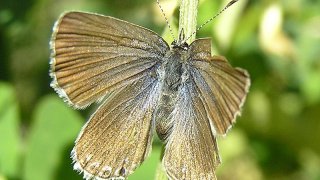The Gossamer-wings are a very diverse and complex family with at least 4750 species worldwide. In California, they can be grouped into the coppers (subfamily Lycaeninae), the blues (subfamily Polyommatinae), and the hairstreaks (subfamily Theclinae). Many species have mutualistic relationships with ants (myrmecophily) where the caterpillar excretes complex carbohydrates through specialized glands for the ants (similar to aphids). In return, the ants defend the caterpillar from predators and parasitoids. While this relationship is usually facultative, the mutualism turns into trickery in some Lycaenid species and the butterfly caterpillars switch from being herbivores to become obligate predators on ant larvae inside the ant mound. As long as the caterpillar continues to produces sugary rewards for the ants, the ants are willing to accept, or are oblivious to, the carnage around them. Other Lycaenid caterpillars are predators on aphids being tended by ants.
Art Shapiro's Butterfly Site
Monitoring butterfly populations across central California for more than 45 years…









